Jobs
What is devolution and how does it work in the UK?
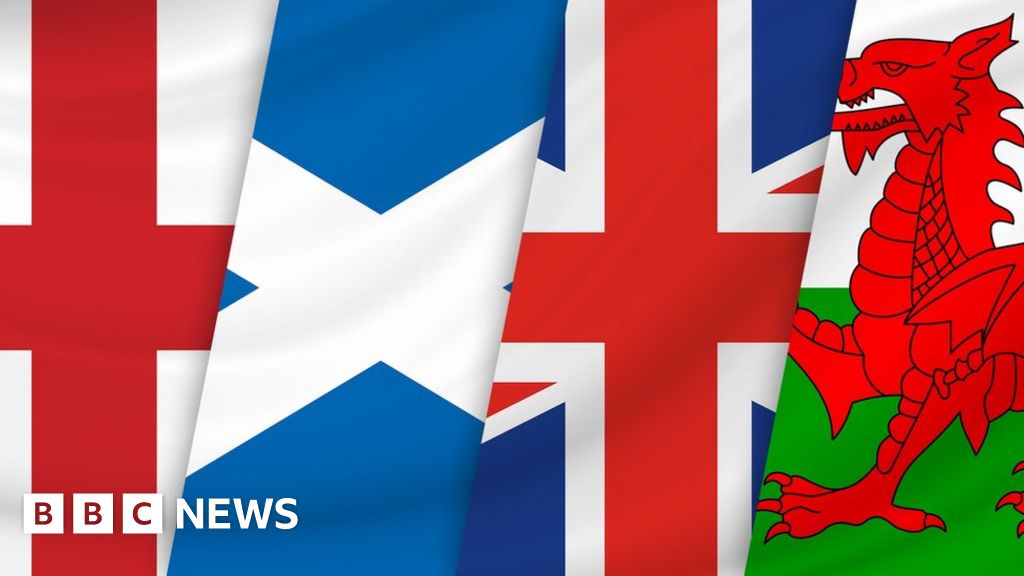
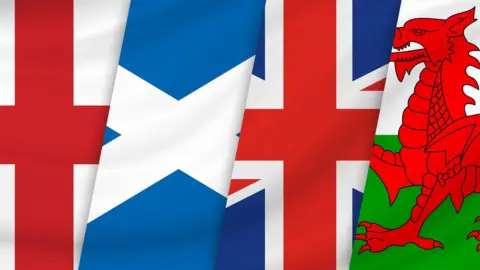 BBC
BBCThe UK has had devolved governments since the late 1990s, which work alongside the Westminster Parliament.
There are varying forms of devolution and different degrees of power across the nations.
What is devolution?
For many years England, Wales, Scotland and Northern Ireland were run by the UK government, based in Westminster in London.
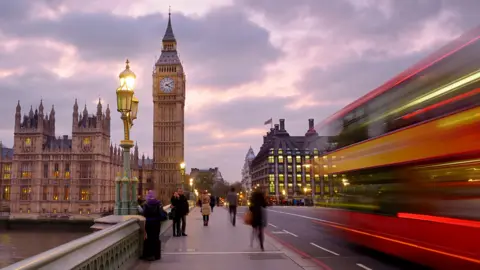 Getty Images
Getty ImagesBut under a process called devolution, some powers were passed from Westminster to elected bodies in Cardiff, Belfast and Edinburgh.
Public votes about devolution were held in 1997 in Scotland and Wales, and on both sides of the Northern Irish/Irish border in 1998 as part of the Good Friday Agreement.
This led to the creation of new elected institutions: the Scottish Parliament, the National Assembly for Wales (now called the Senedd) and the Northern Ireland Assembly.
What powers does the UK government still have?
The UK government in Westminster remains responsible for policies which affect just England, as well as overall policy in a number of areas.
These include defence and national security, foreign policy, immigration, citizenship and tax – although Scotland has its own powers to raise and lower income tax.
How does devolution work in Scotland?
The Scottish Parliament sits at Holyrood in Edinburgh. There are 129 elected Members of the Scottish Parliament (MSPs).
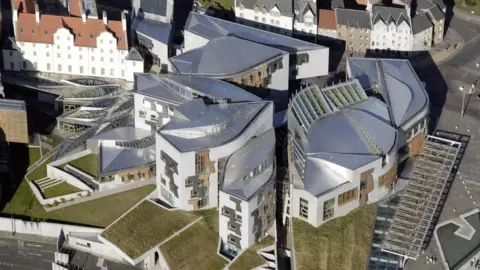 Adam Elder
Adam ElderScotland already had its own legal and education system. After devolution, it became responsible for many other areas, including:
- Agriculture, forestry and fishing
- Education
- Environment
- Health
- Housing
- Justice, policing and courts
- Local government
- Some transport
- Taxes including income tax, stamp duty and air passenger duty
- Some welfare powers
Its powers were extended in 2012, after the 2014 referendum on whether Scotland should become independent, and again in 2016 through the Scotland Act.
The Scottish National Party (SNP), which has formed the Scottish government at Holyrood since 2007, continues to argue for full independence.
The SNP also called for an increase in Holyrood’s devolved powers after the UK’s departure from the EU, despite Scotland voting to remain.
How does devolution work in Wales?
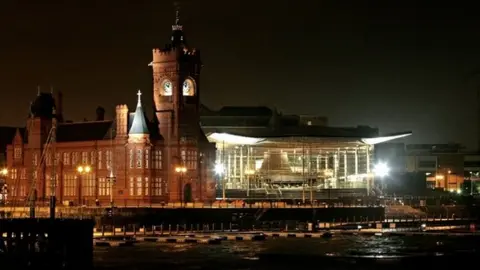 PA
PAThe Senedd’s responsibilities include:
- Agriculture, forestry and fishing
- Education
- Environment
- Health and social care
- Housing
- Local government
- Highways and transport
- Some control over income tax, stamp duty and landfill tax
- Welsh language
How does devolution work in Northern Ireland?
The Northern Ireland Assembly sits at Stormont in Belfast. There are 90 elected Members of the Legislative Assembly (MLAs).
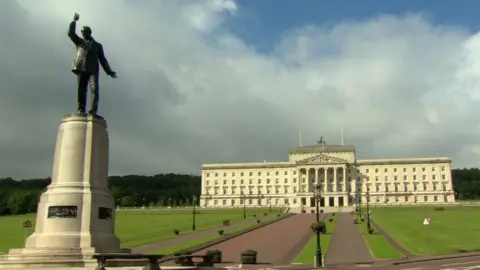
Devolution in Northern Ireland is different to Scotland and Wales, with government powers divided into three categories:
- Transferred powers are controlled by the Northern Ireland Assembly
- Reserved powers remain with Westminster, but could be transferred in the future if the Northern Ireland Executive wants them. These include prisons and civil defence
- Excepted powers cannot be moved to Stormont without special laws being made in Westminster. They include elections and national defence
Stormont’s main powers include:
- Agriculture
- Education
- Environment and planning
- Health and social services
- Local government
- Justice, policing and prisons
- Control over air passenger duty
- Transport
- Culture, language and sport
The power-sharing agreement between the nationalist and unionist communities in Northern Ireland is also key.
The First Minister and Deputy First Minister – one representing each of the two largest parties in power – jointly lead the government in a mandatory coalition. Despite different job titles, they have the same powers.
The assembly was dissolved for three years after relations broke down between governing parties – the Democratic Unionist Party (DUP) and Sinn Féin – in January 2017.
The two parties re-entered devolved government in January 2020 alongside three smaller parties – the Ulster Unionists, SDLP and Alliance.
But in February 2022, the DUP again boycotted the executive in protest against post-Brexit trade agreements.
Two years later, devolved government was restored when the DUP agreed to return after agreeing a new deal with Westminster, which was designed to simplify trade between Great Britain and Northern Ireland.
What powers do mayors have in England?
Over the past 20 years, more powers have been given to local and regional mayors in areas like transport and housing.
The Mayor of London was the first role of this kind, created alongside the London Assembly, after a referendum in 1998.
 Reuters
ReutersThe London mayor decides how much money to spend and sets priorities in some key areas.
They can set bus and Tube fares, and decide targets for the number of affordable homes.
There are 10 other mayors across England, with varying powers:
- nine metro mayors, who can set out plans to boost their local economy, and have some powers over housing and transport
- the mayor of Salford, who is the directly-elected leader of the city council and has overall responsibility for the delivery of all council services



